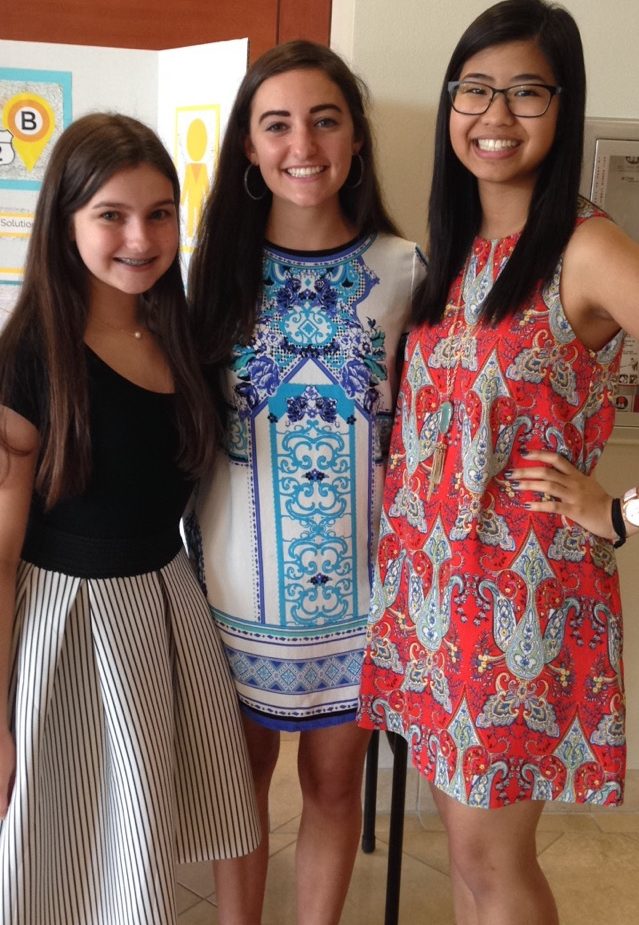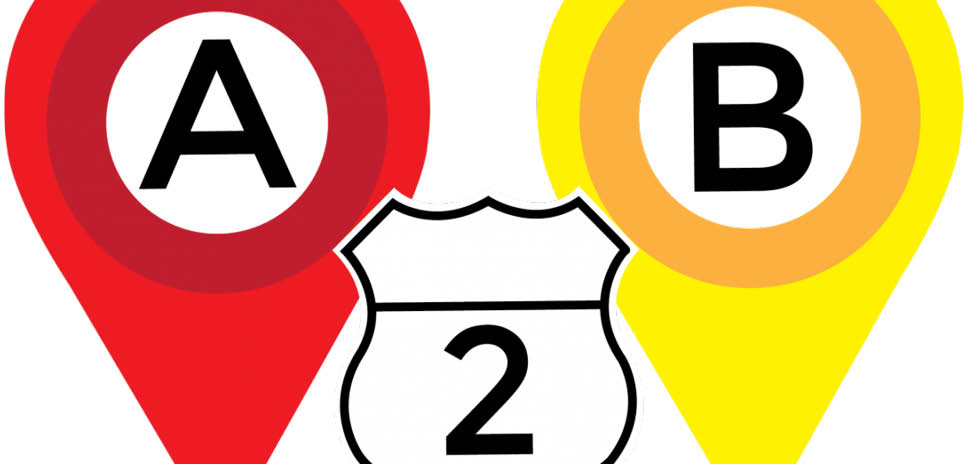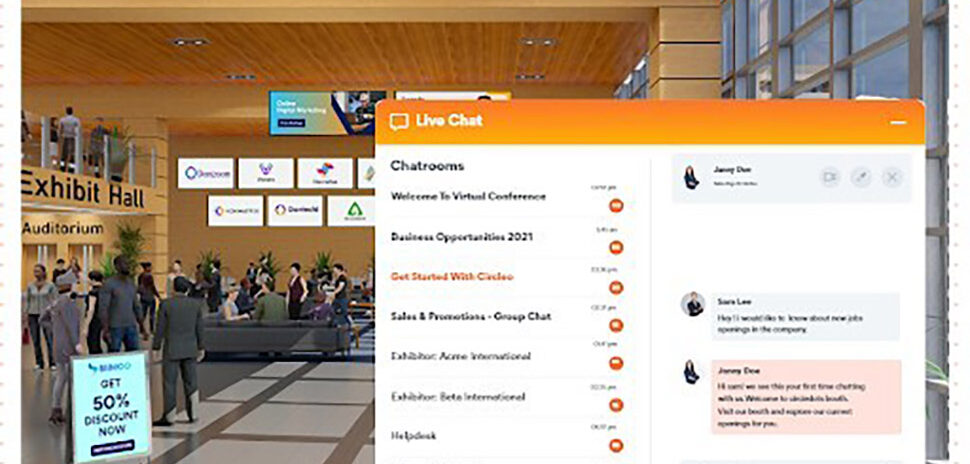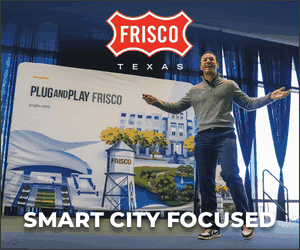There’s an enormous sign taped to America’s plate-glass window: “HELP WANTED: 250,000 Programmers Needed ASAP.”
The dire need for software developers and other workers with math and science skills in the U.S. spurred the creation of the Congressional App Challenge. It started in 2013 as part of a federal effort to encourage elementary and secondary students to learn science, math, and computer-related skills — and to apply their knowledge to solve local, regional, or global problems.
Saturday, the United States Patent and Trademark Office in downtown Dallas will do its part to plug that gap by hosting an event promoting the Congressional App Challenge. The challenge encourages young people to write apps that solve problems using the scientific method.
CONTEST ENCOURAGES FEMALE PARTICIPATION IN STEM
Another aim of the competition is to diversify the male-dominated field of employees in computer- and science-related fields. Though nearly half of all U.S. employees are women, only 23 percent of programmers are female, according to most recent Census figures.
According to the U.S. Census Bureau, the percentage of women employed in computer occupations decreased from about 35 percent to 27 percent between 1990 and 2011.

From left: Cristina Contreras, Kaylee Kimbrough, and Emily Chang developed the A2B app and won the congressional challenge for the 4th Congressional District in 2016.
“Female scientists are rarely featured in the media, let alone female computer programmers,” wrote Kaylee Kimbrough, a high-school senior from Greenville, explaining the dearth of female software developers.
Kimbrough was one of three students who developed an app that won the 2016 Congressional App Challenge in the 4th Congressional District.
Their app, A2B, is a game that helps players learn the names and locations of major roads, major landmarks, and historical sites. Kimbrough, Cristina Contreras, and Emily Chang built the game using HTML, CSS, and JavaScript, as well as the Google Maps API and some Bootstrap front-end framework.
“[Media] representations of technologists and engineers tend to be men with whom young girls do not identify,” Kimbrough wrote, in response to a Dallas Innovates query. “This was certainly the case for me, and it’s taken over a year of pursuing computer science, from Girls Who Code, to three semesters of college programming courses, to conquer imposter syndrome, though I don’t think it ever completely goes away.”
USPTO MOVING BEYOND ‘MINISTERIAL FUNCTIONS’ INTO INNOVATION ECONOMY
“The reason we want to invest in this is that they’re our future innovators.”
Hope Shimabuku
USPTO Regional Director Hope Shimabuku said the USPTO is moving beyond its ministerial functions to boost the U.S. innovation economy.
“We’re very interested in supporting STEM (Science, Technology, Engineering, and Mathematics),” said Shimabuku, who has worked in the private sector for nearly two decades in varying capacities, including as an engineer and intellectual property attorney. “The reason we want to invest in this is that they’re our future innovators. They’re who’s going to be coming [forward] with the next latest and greatest invention, pushing the economy forward that way.”
The deadline for submitting apps in the challenge is Nov. 1. The contest is open to students in grades K-12.
IF YOU GO
Coding Kick-off Event for the 3rd Annual Congressional App Challenge
When: 9:30 a.m. – 4 p.m. Saturday, Sept. 9
Where: Texas Regional Office, U.S. Patent and Trademark Office, 207 S. Houston St., Suite 159, in Dallas
More Info: Visit the event page here and learn more about the Congressional App Challenge here.
Dallas Innovates, every day
One quick signup, and you’ll be on the list.





























